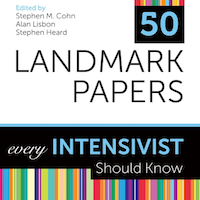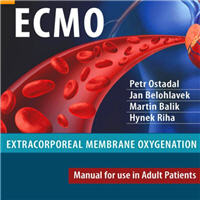Tag: diagnosis
Estimating Seroprevalence of COVID-19 Infection After Omicron Outbreak
This study aimed to investigate the seroprevalence of severe acute respiratory syndrome-coronavirus-2 (SARS-CoV-2) antibodies among individuals aged 18 years and older. Population-based study was conducted within the Arizona... read more

Sepsis Prediction Model for Determining Sepsis vs. SIRS, qSOFA, and SOFA
In this cohort study of 60,507 hospital admissions, we found that although the SPM marginally outperformed existing prediction scores in balanced accuracy for classification of sepsis, it suffers from poor timeliness, limiting... read more
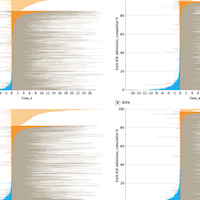
A Case of Chronic Mesenteric Ischemia Due to Celiac and Mesenteric Artery Thrombosis
Chronic mesenteric ischemia (CMI) is uncommon and accounts for approximately 5% of cases. CMI presents with non-specific symptoms, making it difficult to diagnose, and requires complex management involving interprofessional... read more
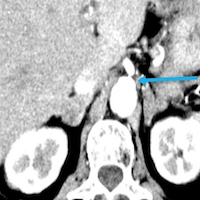
AKI Defined by Fluid-Corrected Creatinine in Premature Neonates
In this secondary analysis of the multicenter PENUT trial, we describe fluid-corrected acute kidney injury (AKI) and evaluate associations with short-term and long-term outcomes in premature neonates with fluid-corrected... read more
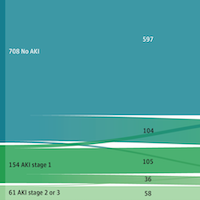
The Contribution of Procalcitonin, C-Reactive Protein and Interleukin-6 in the Diagnosis and Prognosis of Surgical Sepsis
The mortality rate was quite high in our study, consistent with the elevated serum biomarker concentrations, which were higher in non-survivors compared with survivors. C-reactive protein (CRP) and IL-6 were the most effective... read more

Ground-breaking New AI Technology for Severe Sepsis Rapid Identification
ASEP Medical Holdings Inc. announced the ground-breaking use of artificial intelligence (AI) to rapidly identify infections at increased risk of severe sepsis. The method was developed by the Hancock Lab, under the guidance... read more

Choosing Wisely Interventions to Reduce Antibiotic Overuse
These real-world multicomponent interventions responding to physician pay-for-performance (P4P) incentives were associated with substantial reductions in antibiotic prescriptions for acute respiratory tract infections (ARTIs)... read more

Comparison of ETA and BALF mNGS in Severe Pneumonia
Our study showed that some differences in the microbiological diagnosis via endotracheal aspirate (ETA) mNGS and bronchoalveolar lavage fluid (BALF) metagenomic next-generation sequencing (mNGS) appear to exist. Clinicians... read more
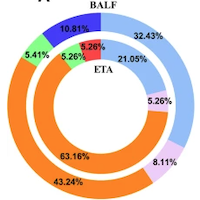
Heparin-Binding Protein Predictive Value and D-Dimer in Sepsis Patients
As common clinical indicators for predicting sepsis, both HBP and D-dimer have high diagnostic effectiveness. Furthermore, the combined application of these two biomarkers can achieve favorable effects. In clinical practice,... read more

Rapid Sepsis Tests Using Magnetic Nanoparticles
Qun Ren, an Empa researcher, and her team are currently developing a diagnostic procedure that can rapidly detect life-threatening blood poisoning caused by staphylococcus bacteria. Staphylococcal sepsis is fatal in up... read more
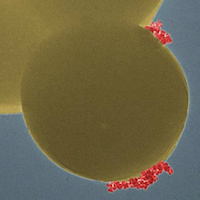
Deep Learning-based Electrocardiographic Screening for Chronic Kidney Disease
Undiagnosed chronic kidney disease (CKD) is a common and usually asymptomatic disorder that causes a high burden of morbidity and early mortality worldwide. We developed a deep learning model for CKD screening from routinely... read more
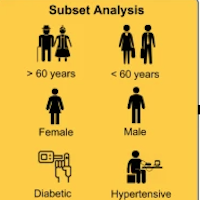
Traumatic Hemorrhage and Chain of Survival
Trauma is the number one cause of death among Americans between the ages of 1 and 46 years, costing more than $670 billion a year. Following death related to central nervous system injury, hemorrhage accounts for the majority... read more
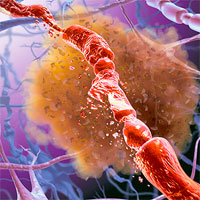
Diagnostic Accuracy of Point-of-Care Ultrasound for Shock
In this study, the identification of the etiology of shock by Point-of-Care Ultrasound (POCUS) was characterized by high sensitivity and a positive likelihood ratio, especially for obstructive shock. Hence, these findings... read more

Resuscitative TEE
The use of ED resuscitative transesophageal echocardiography (TEE) is a practical modality that provides useful diagnostic and therapeutic information for critically ill patients in the emergency department, with an excellent... read more

Heparin-induced Thrombocytopenia in the Intensive Care Setting
Heparin-induced thrombocytopenia (HIT) is a serious iatrogenic complication of heparin treatments. The diagnosis of HIT is difficult in the intensive care setting because thrombocytopenia is a frequent and multifactorial... read more
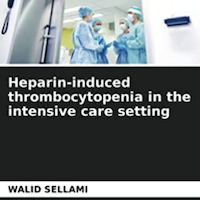
Differential Diagnosis and Cause-specific Treatment During OHCA
The cardiopulmonary resuscitation (CPR) guidelines recommend identifying and correcting the underlying reversible causes of out-of-hospital cardiac arrest (OHCA). However, it is uncertain how often these causes can be... read more
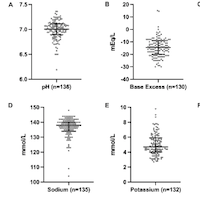
Clinical Cases in Critical Care
In Clinical Cases in Critical Care, the authors explore core clinical topics and basic sciences in a practical and realistic way, and include comprehensive discussions focusing on critically unwell patients with a variety... read more

ICU Precision Diagnosis with Metagenomic Sequencing
Despite promising results, metagenomics remains underutilized in the ICU. Several factors still limit its inclusion in routine critical care, including the lack of definitive clinical trials testing its utility, few laboratories... read more
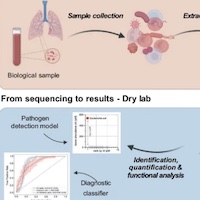
Advances in Microbiology, Infectious Diseases and Public Health: Volume 15
This book series focuses on current progress in the broad field of medical microbiology, and covers both basic and applied topics related to the study of microbes, their interactions with human and animals, and emerging issues... read more
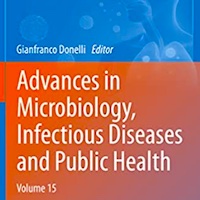
Sick Children Identification in Acute Care Settings
At the heart of every pediatric consultation is the clinician’s responsibility to determine ‘is this child sick?’ In pediatrics illustrative language communicates a clinical picture of the child before us. When... read more

Early Identification of Intra-abdominal Infection and Sepsis
This case report illustrates the ability of the novel biomarker pancreatic stone protein (PSP) concentrations to act as a warning sign, allowing the early identification of intra-abdominal infection and post-operative peritonitis... read more

Delphi Approach to 5-level Priority Triage Systems
This study proposes a standard of 49 outcomes divided into two sets tied to red and orange priority respectively, to be used when evaluating 5-level priority triage systems; Lund Outcome Set for Evaluation of Triage (LOSET).... read more




